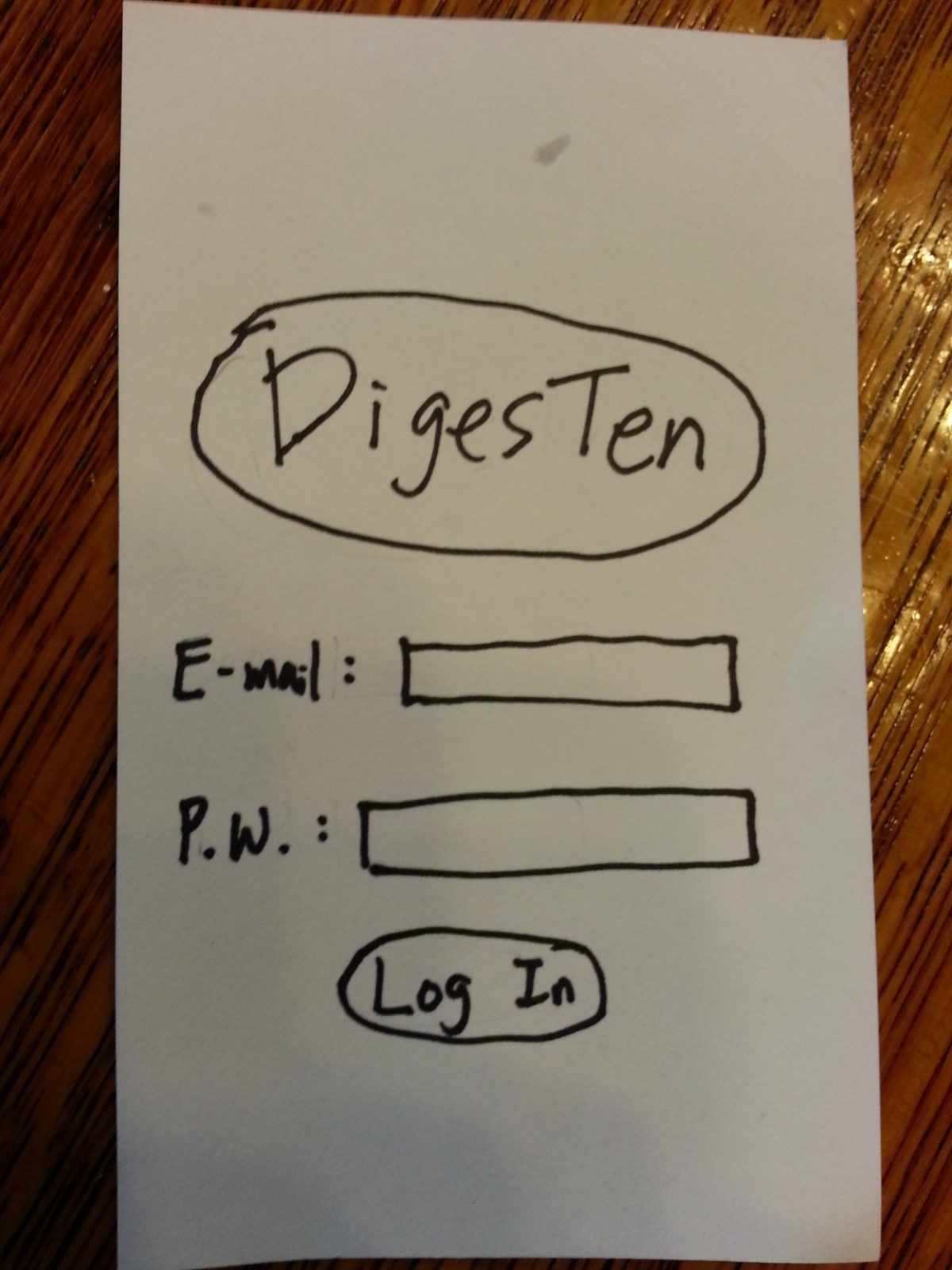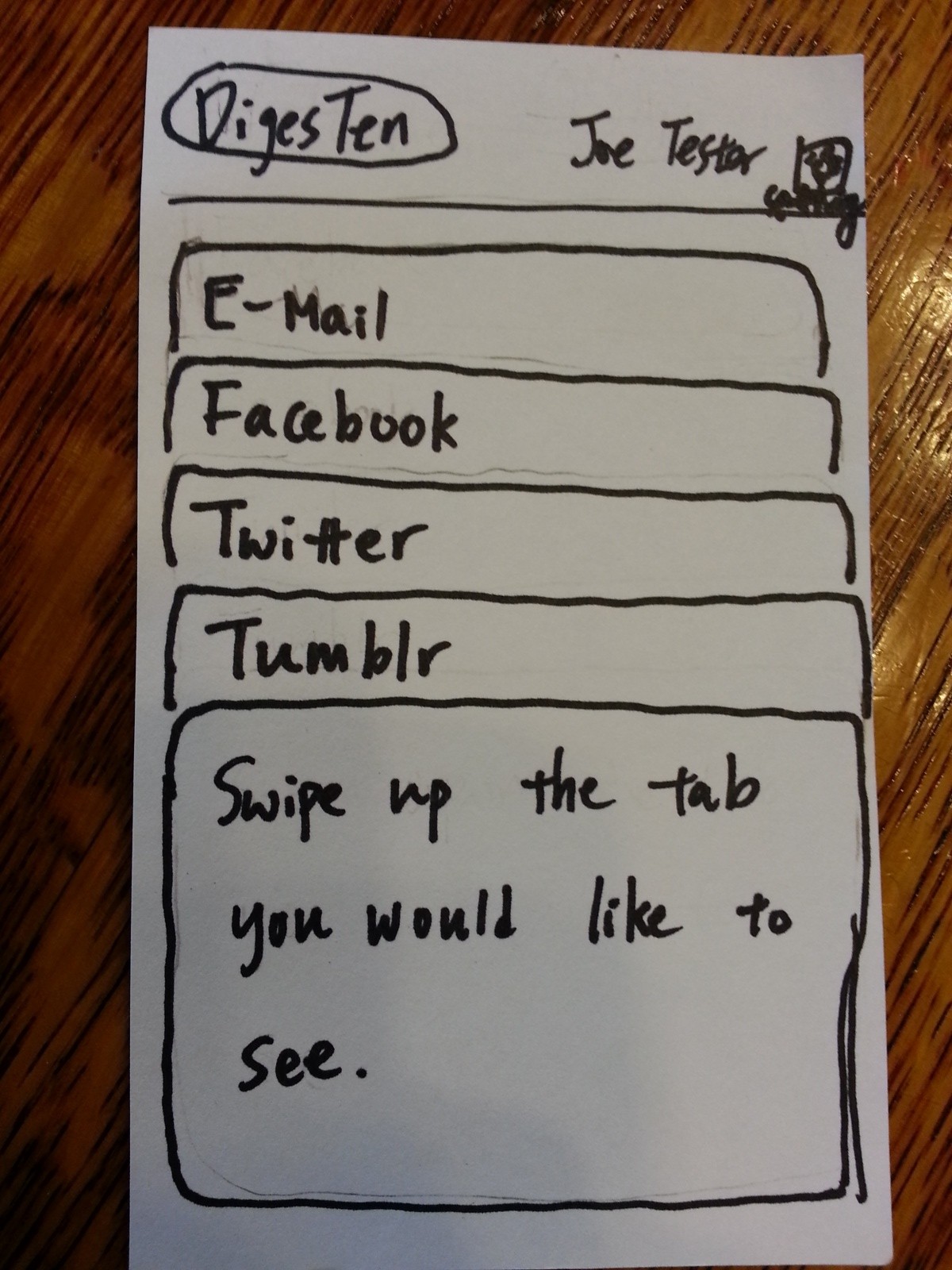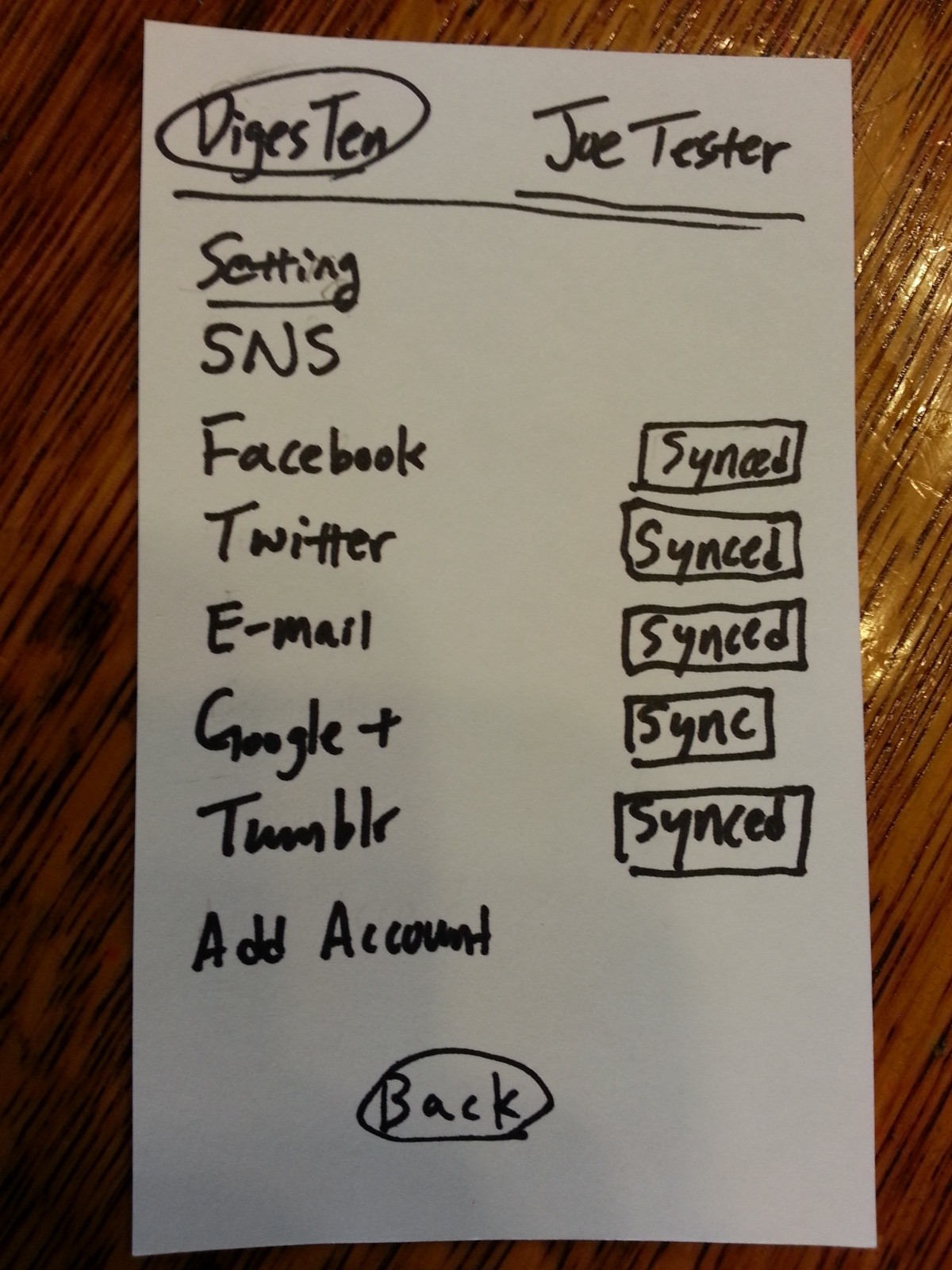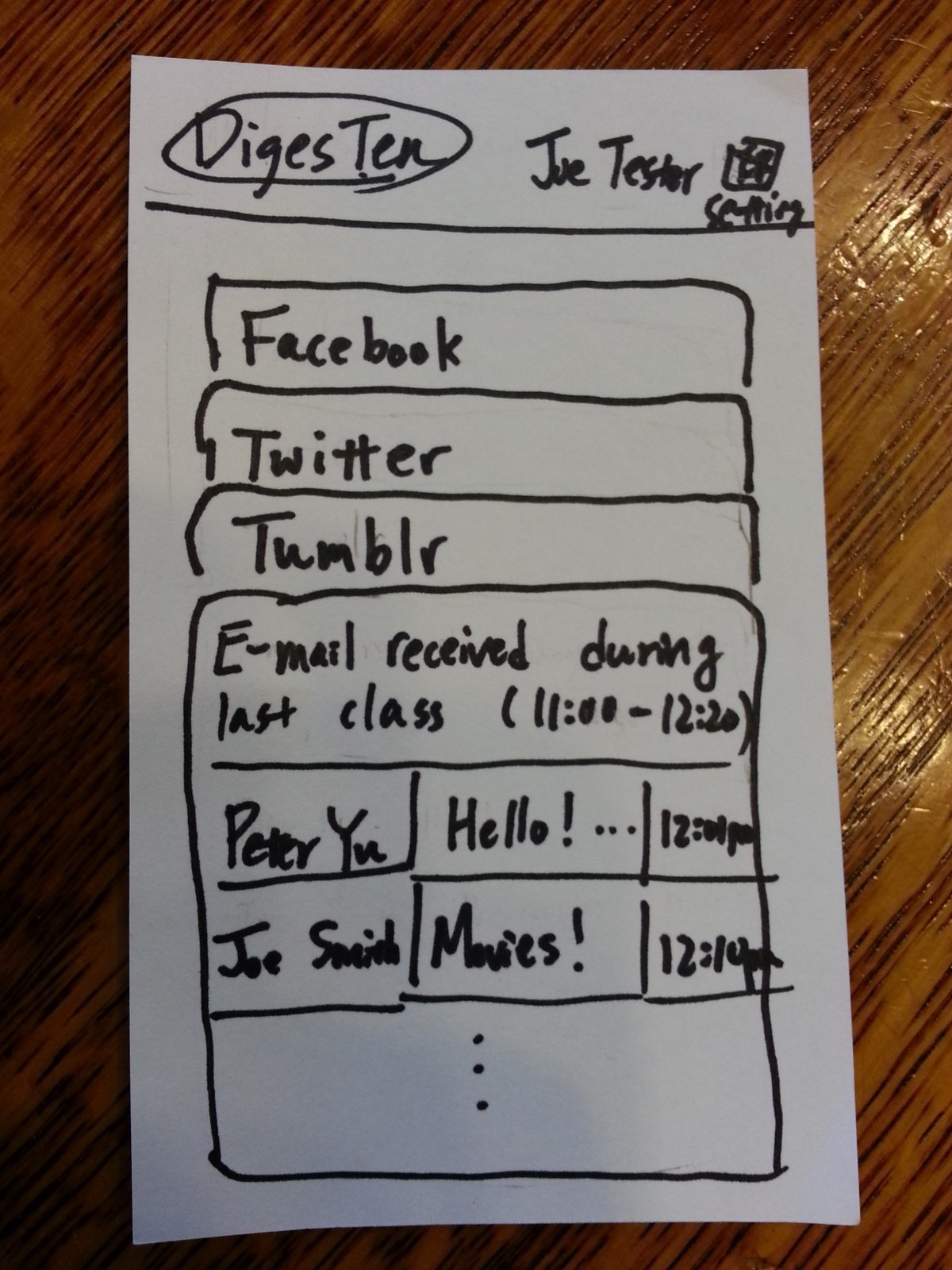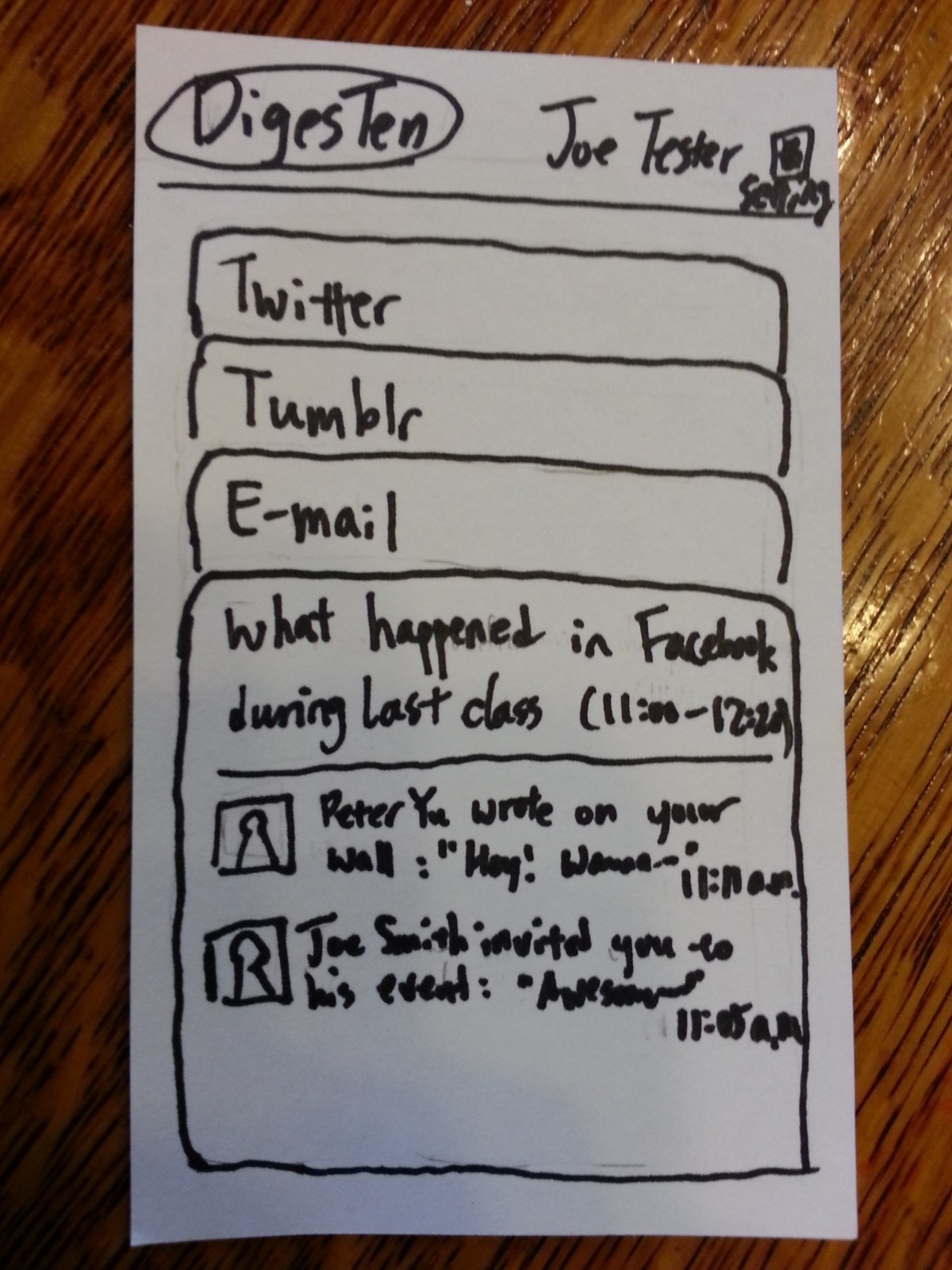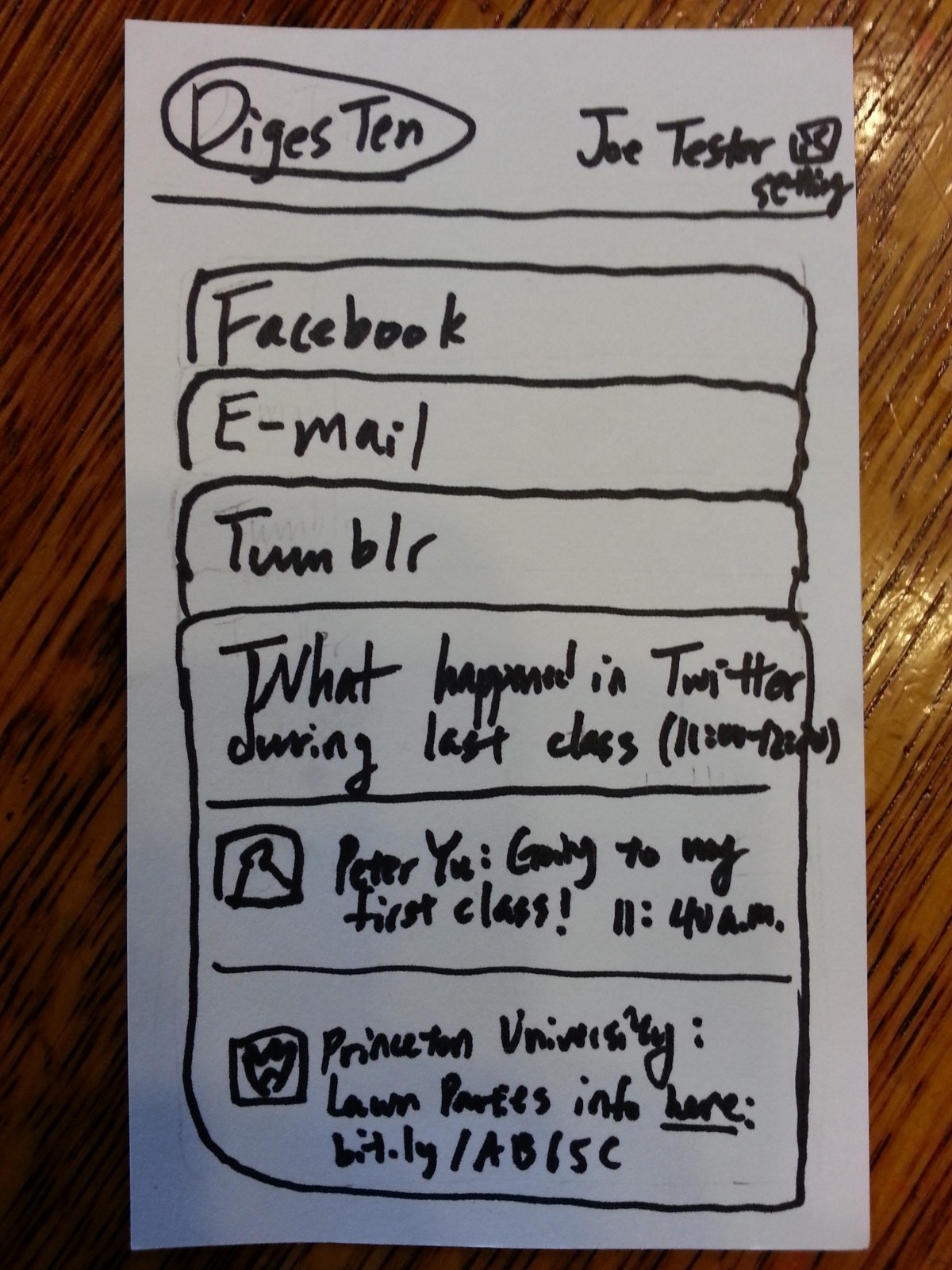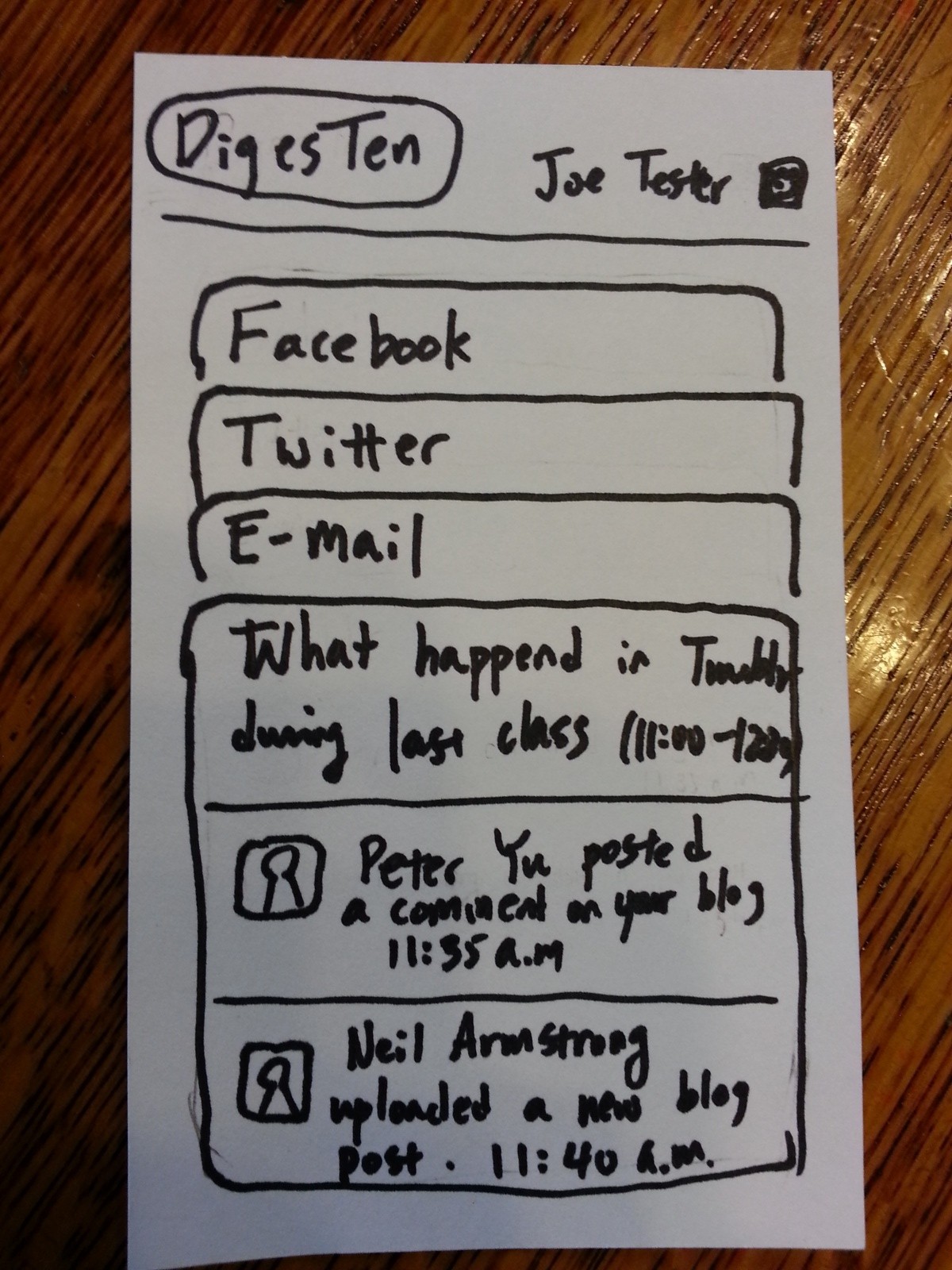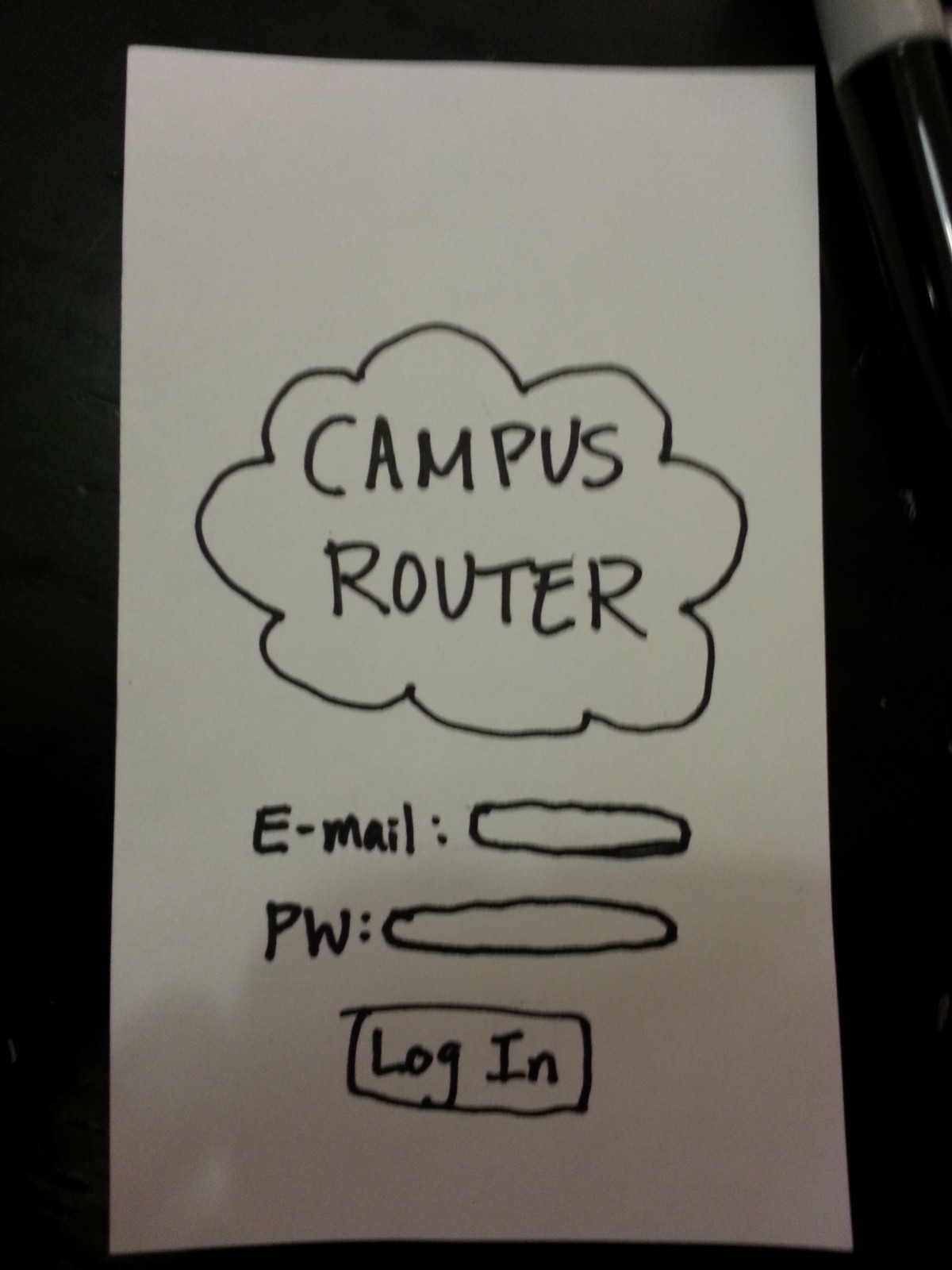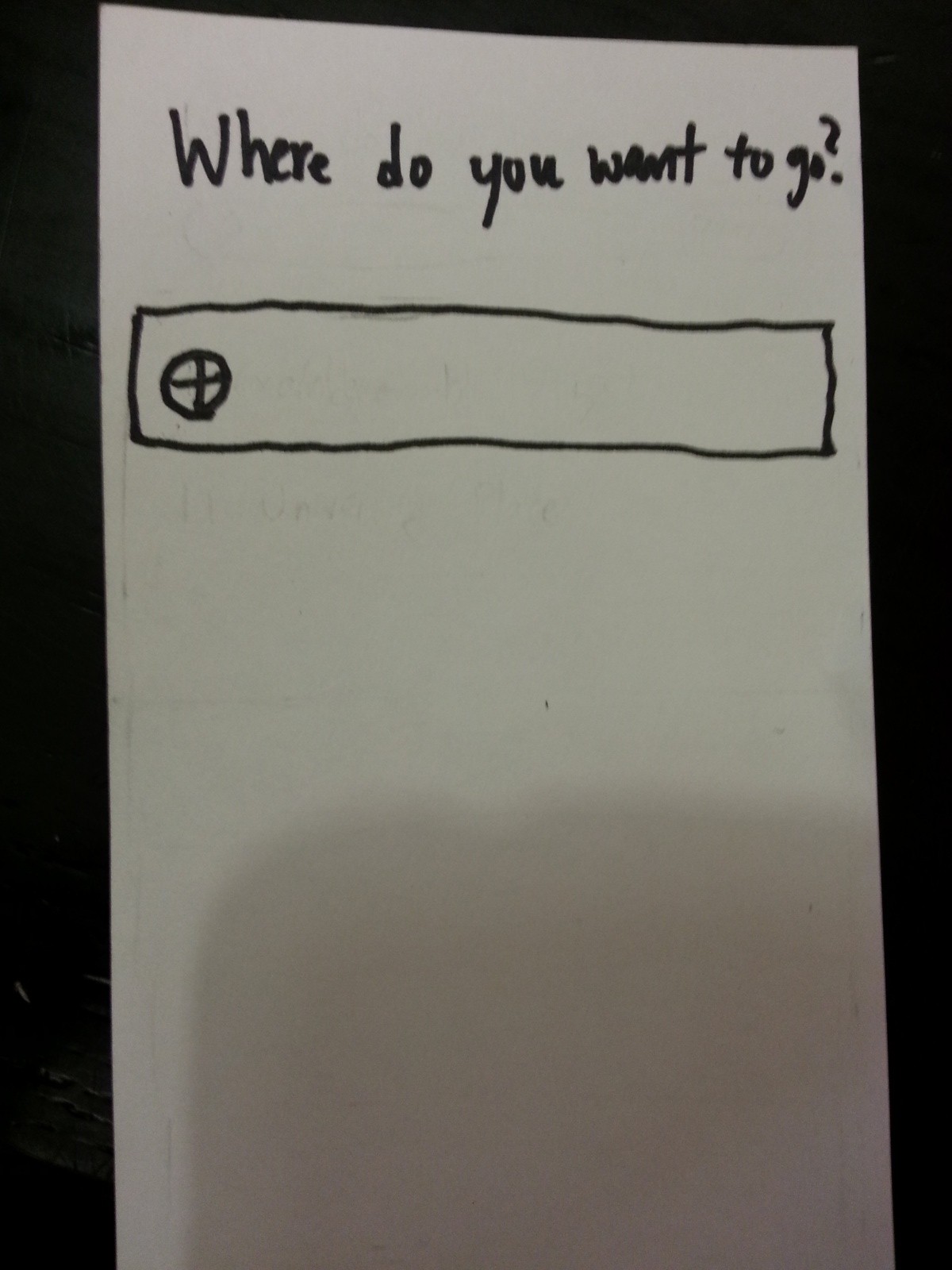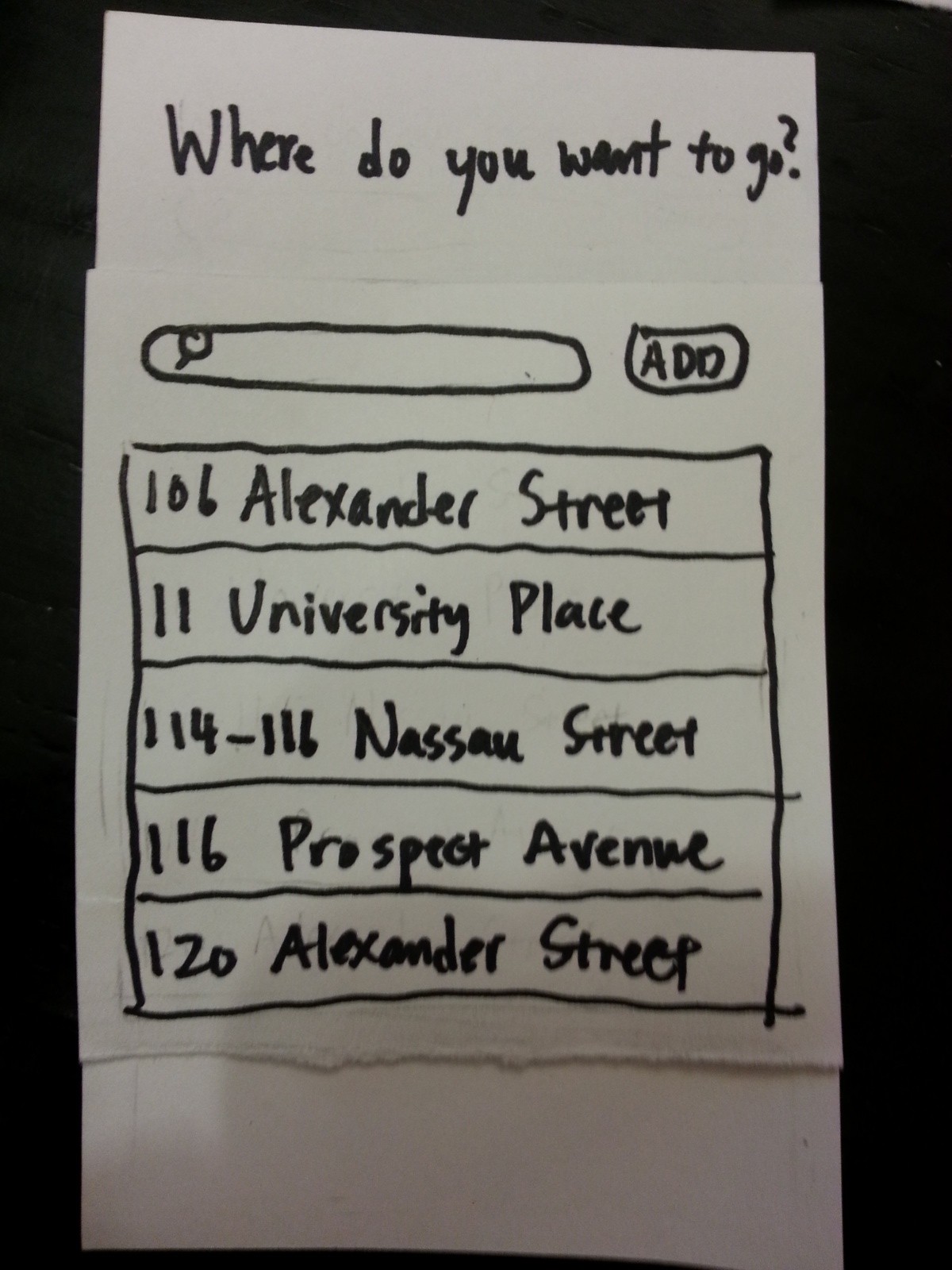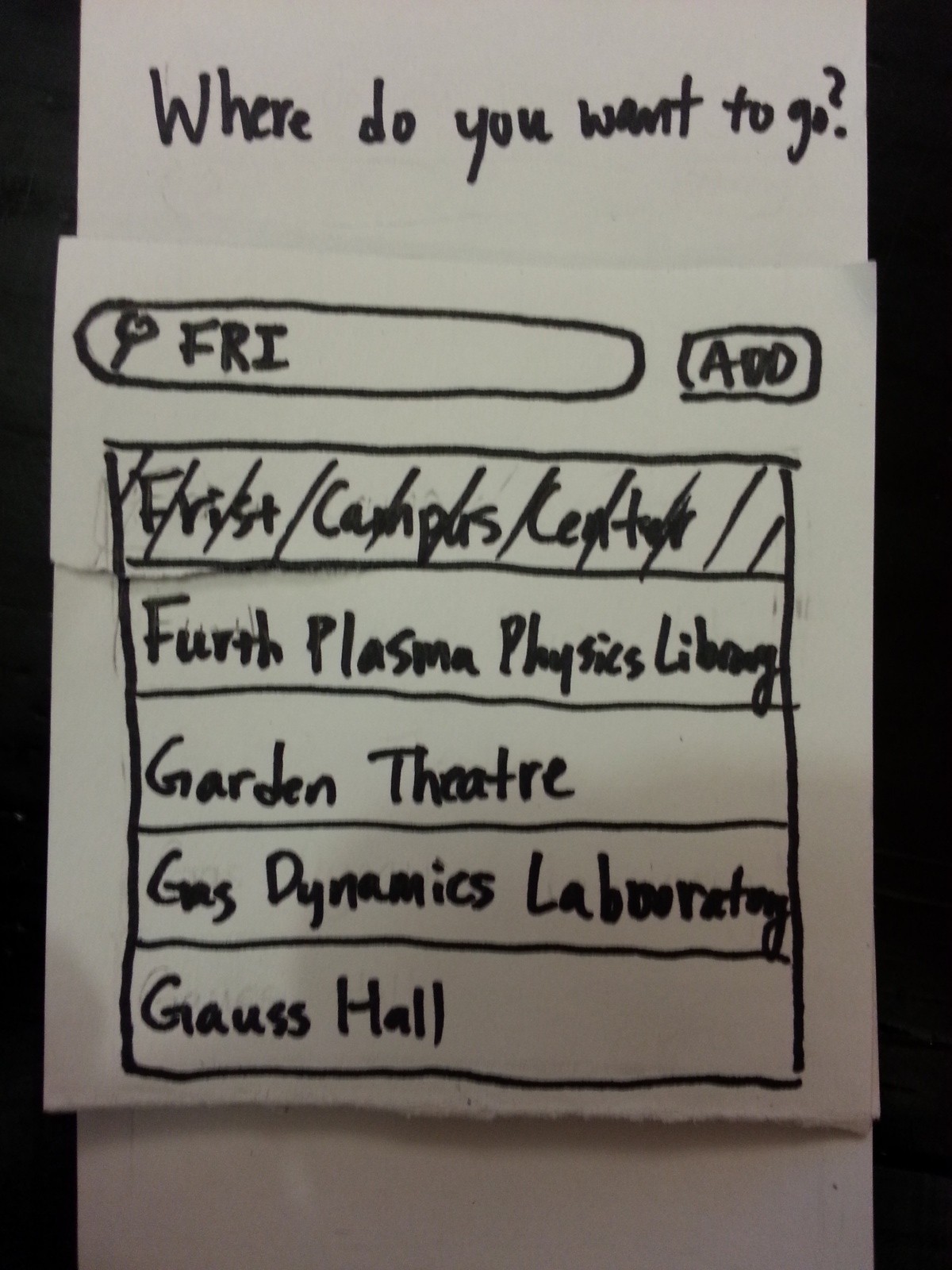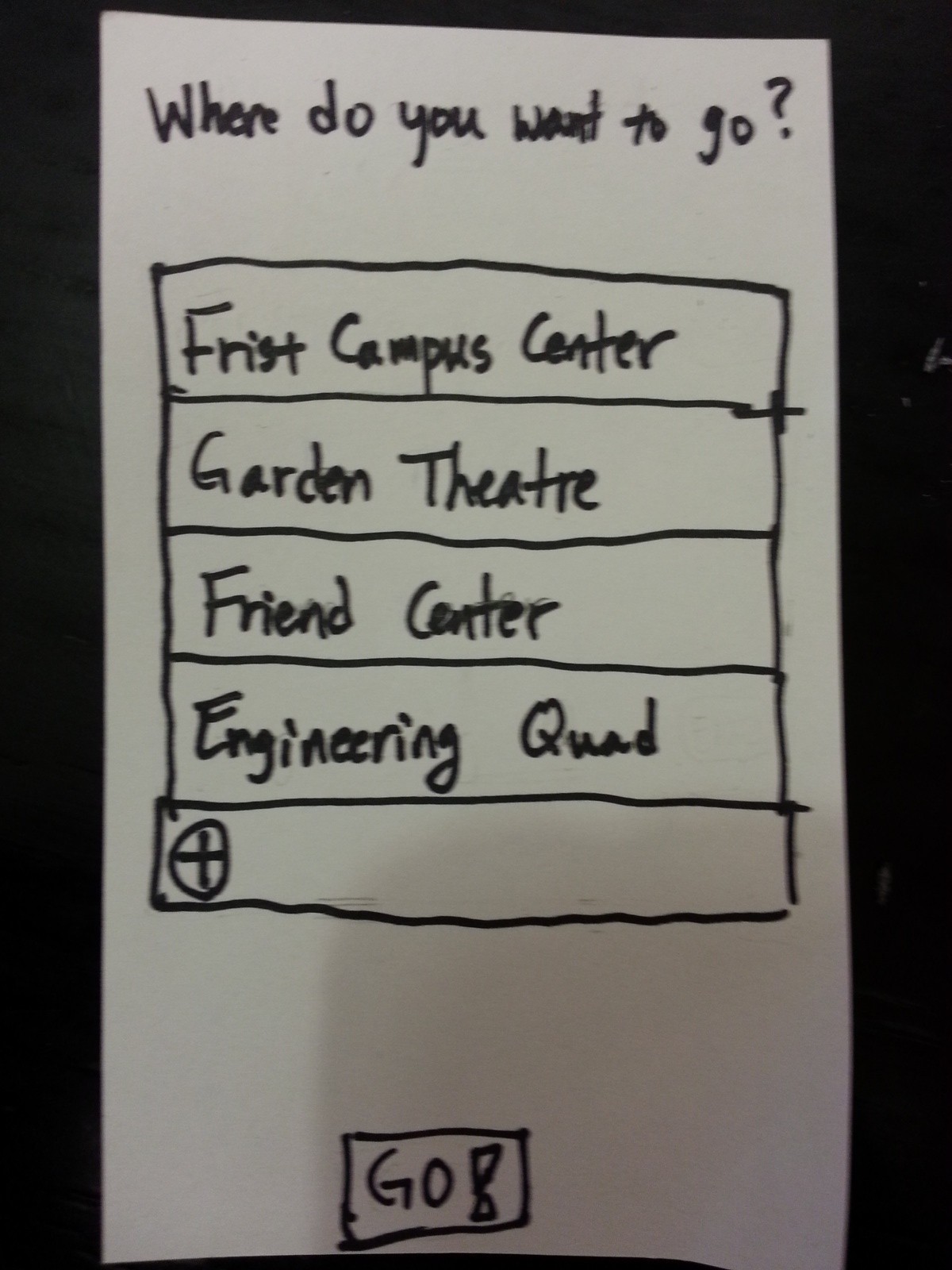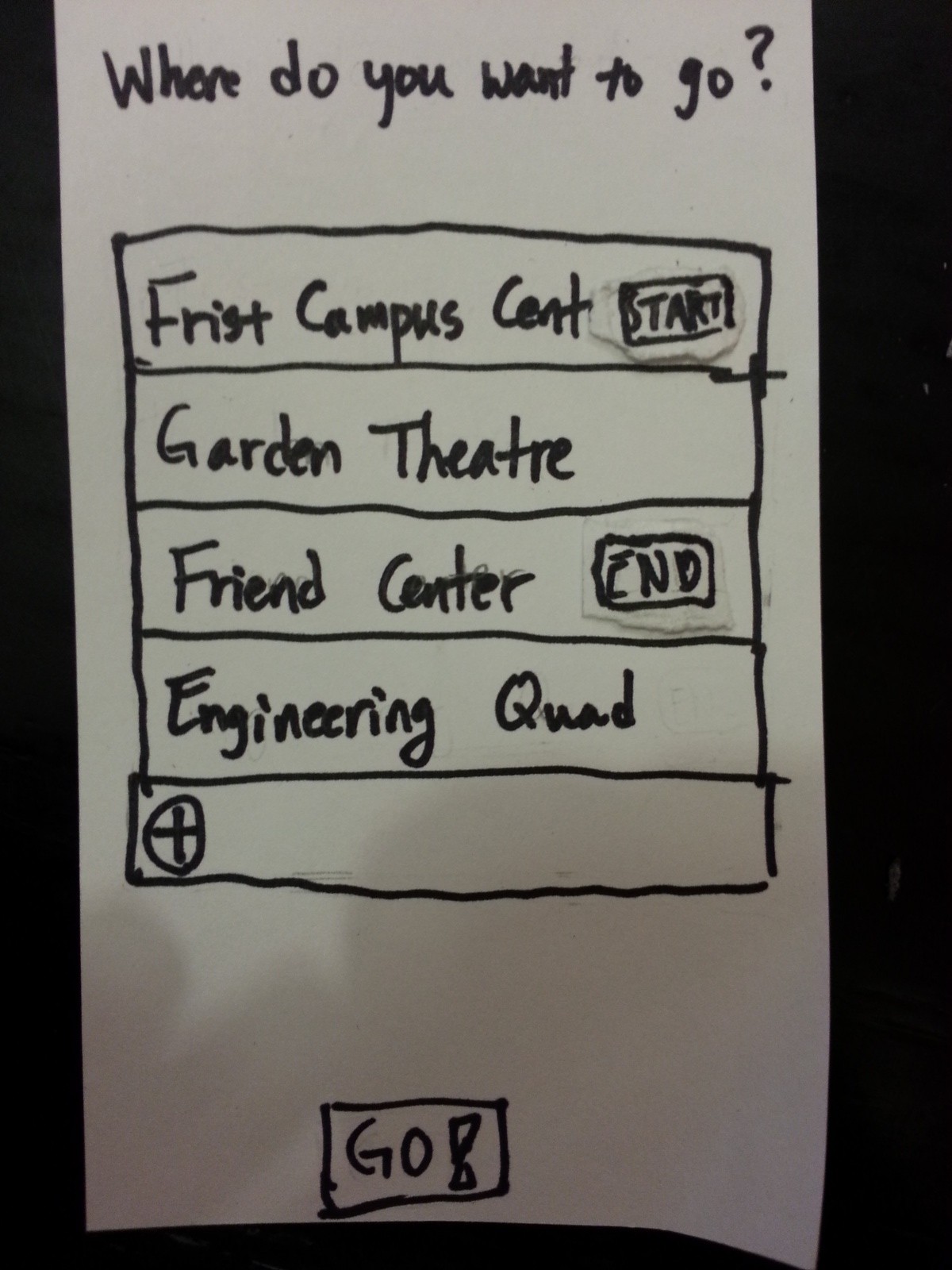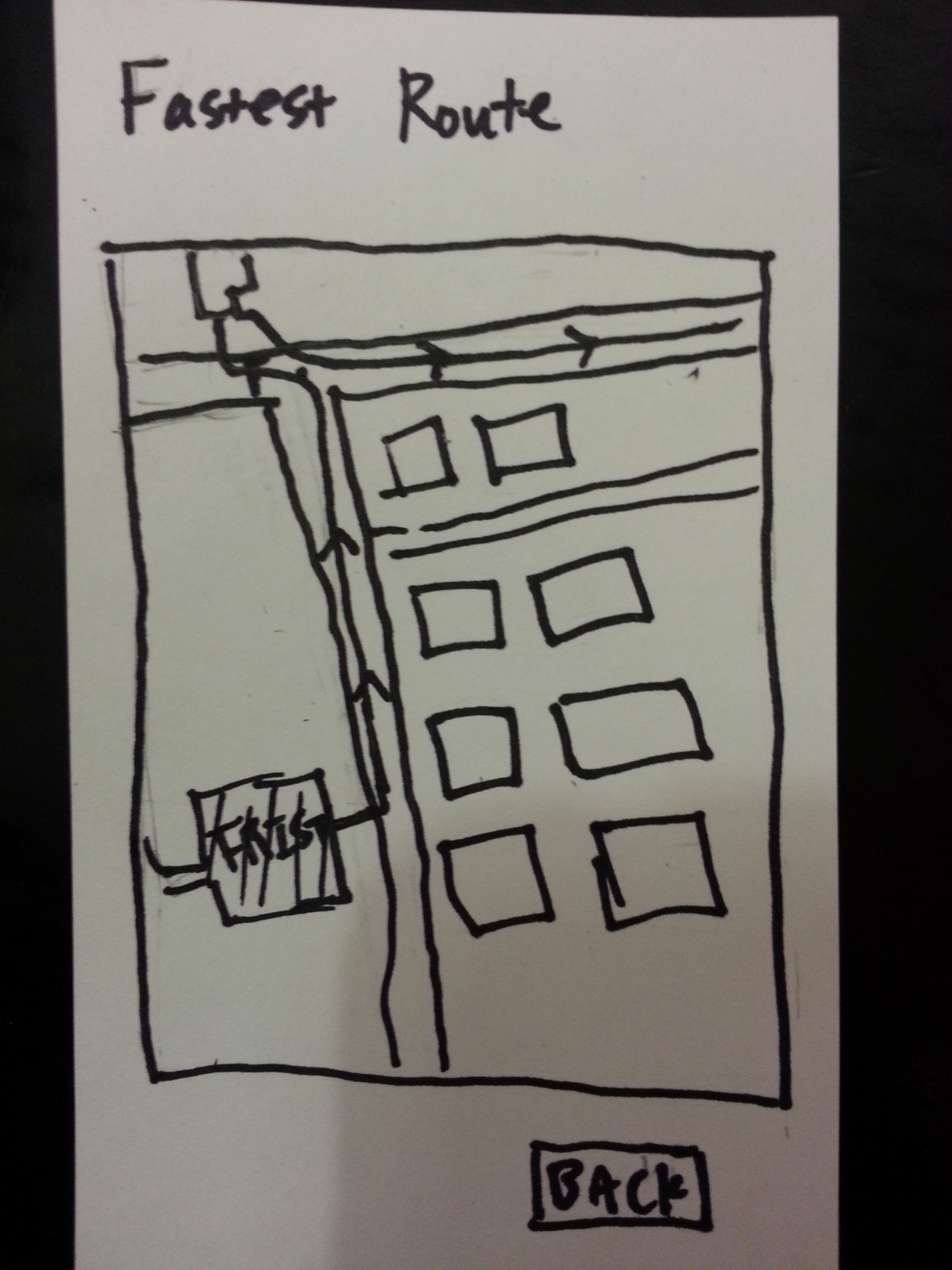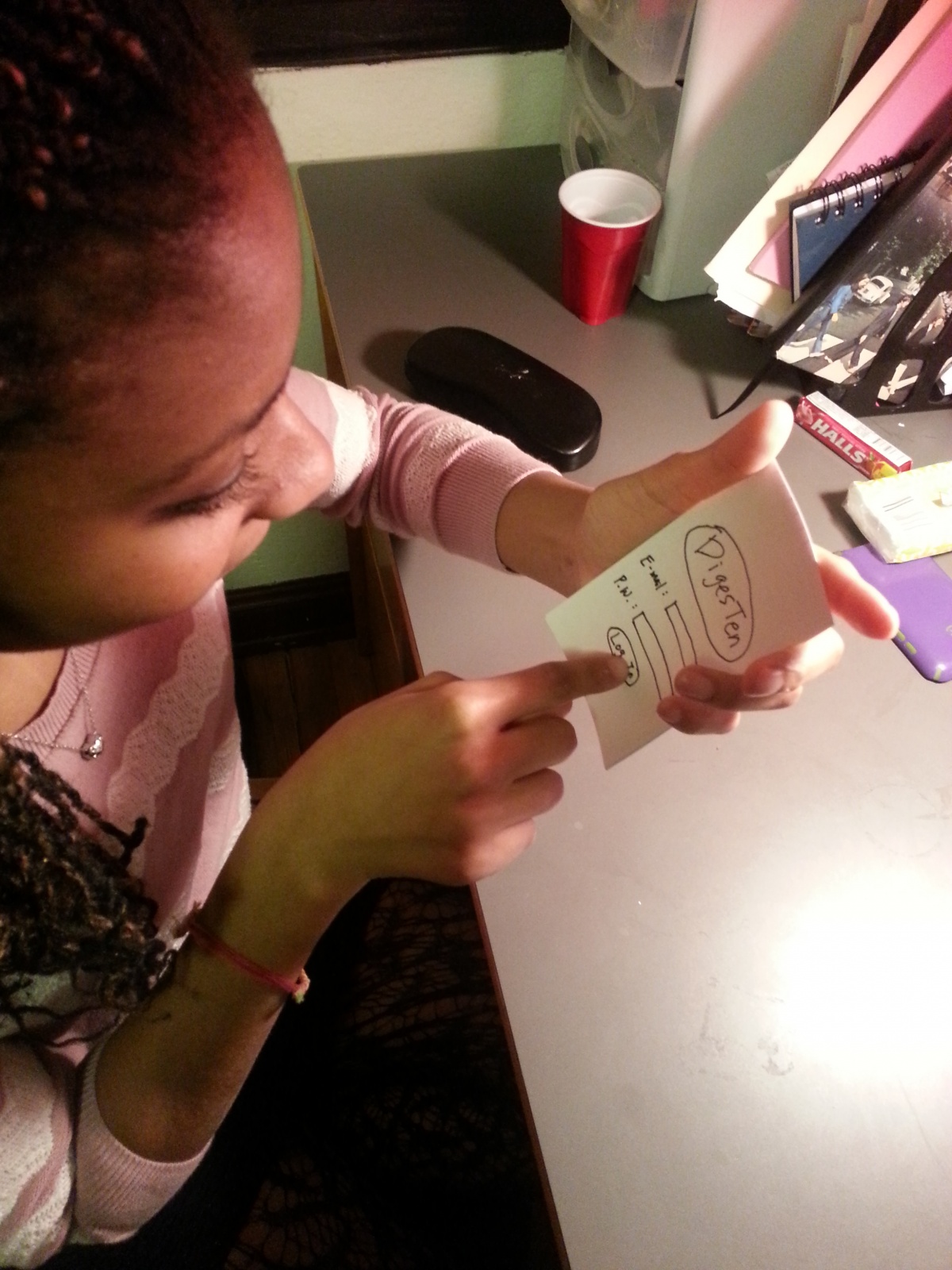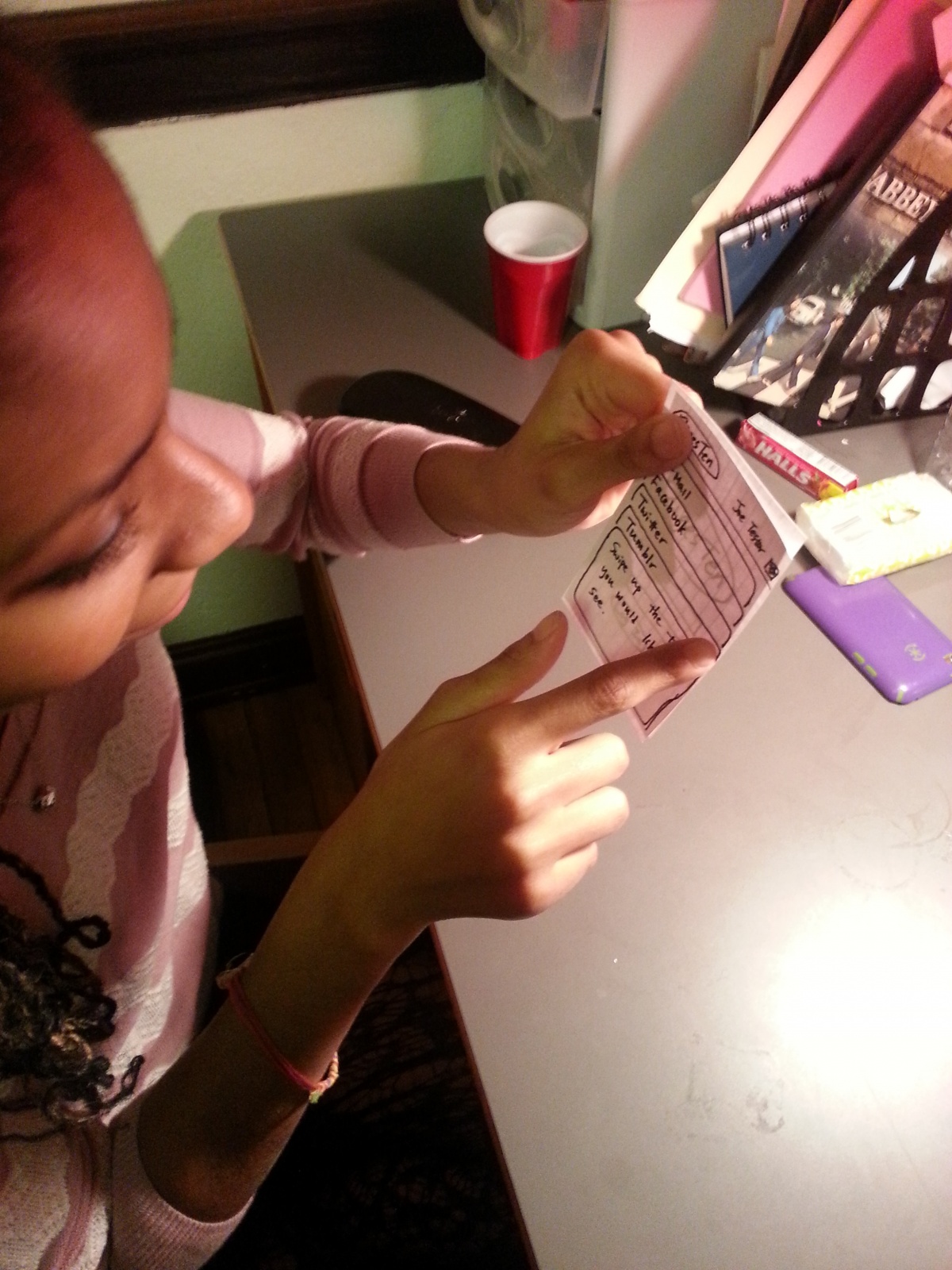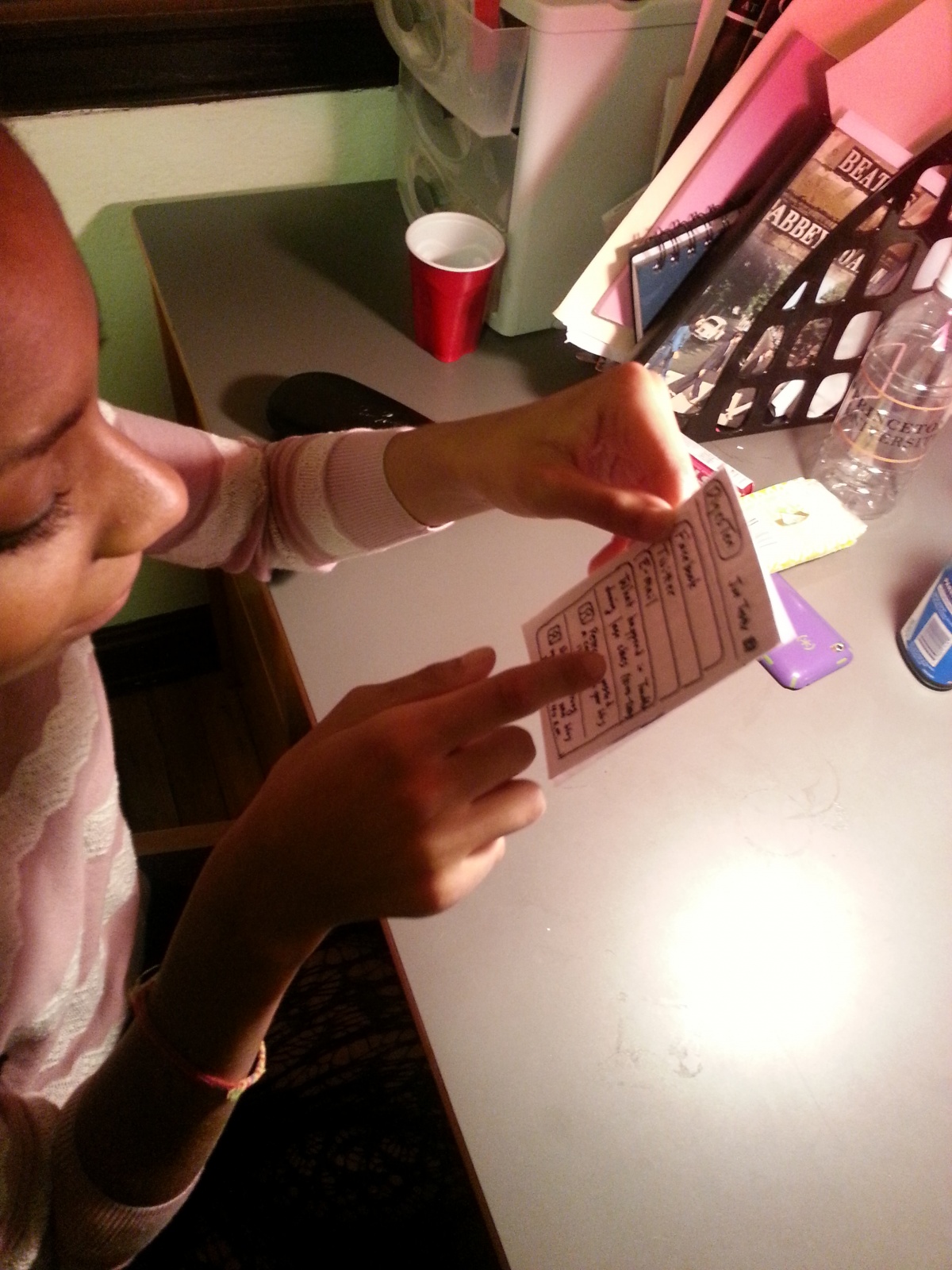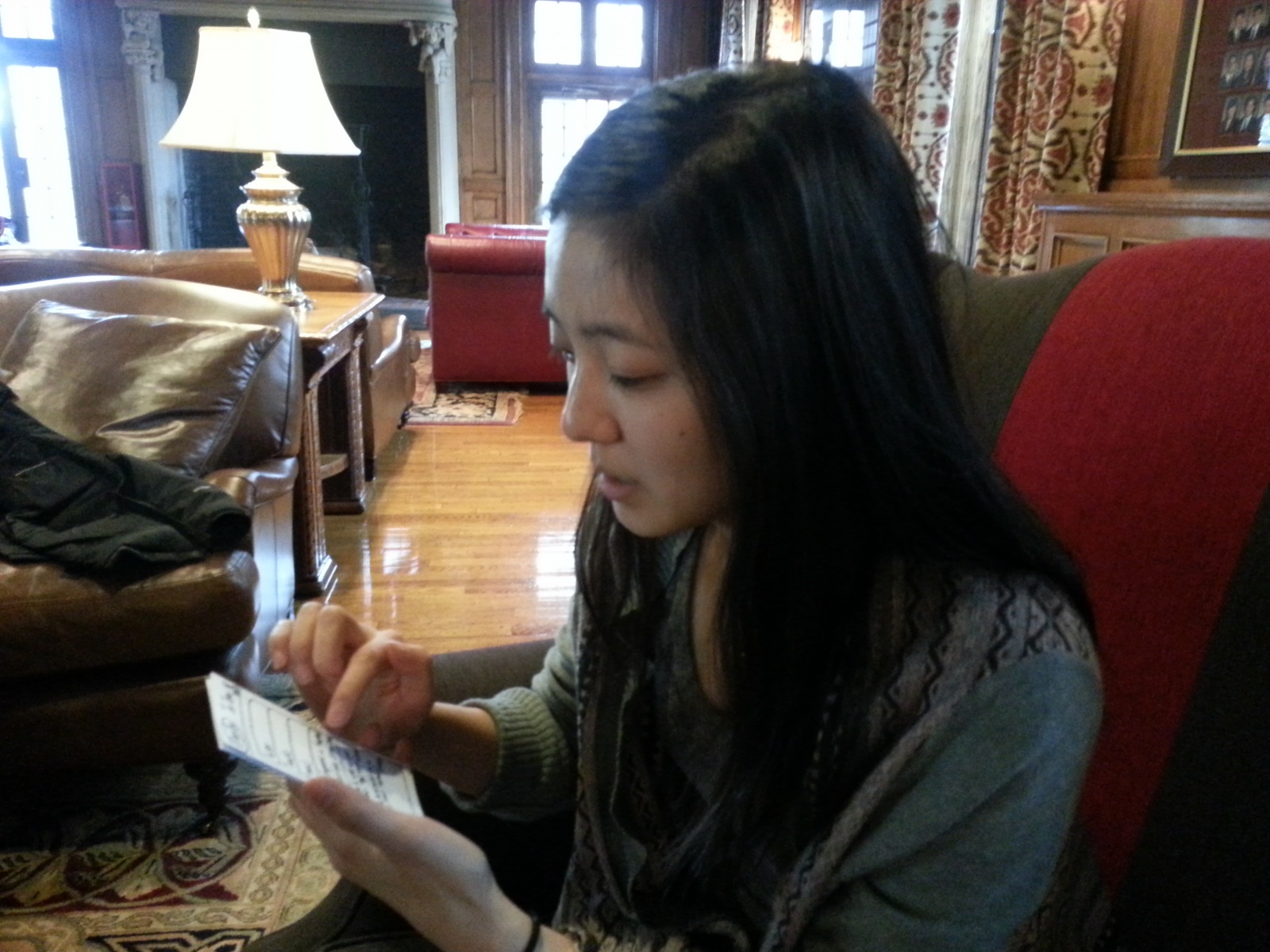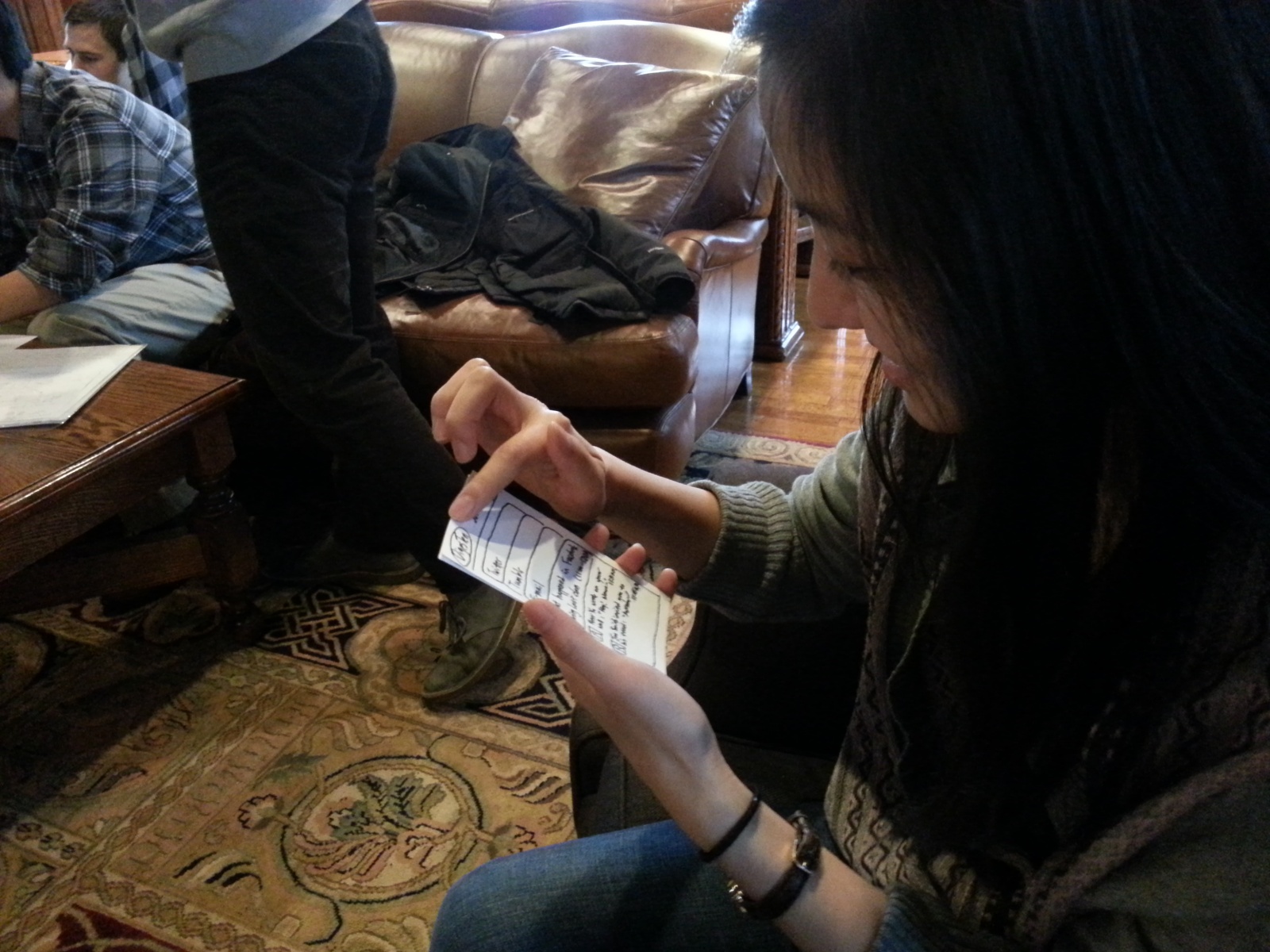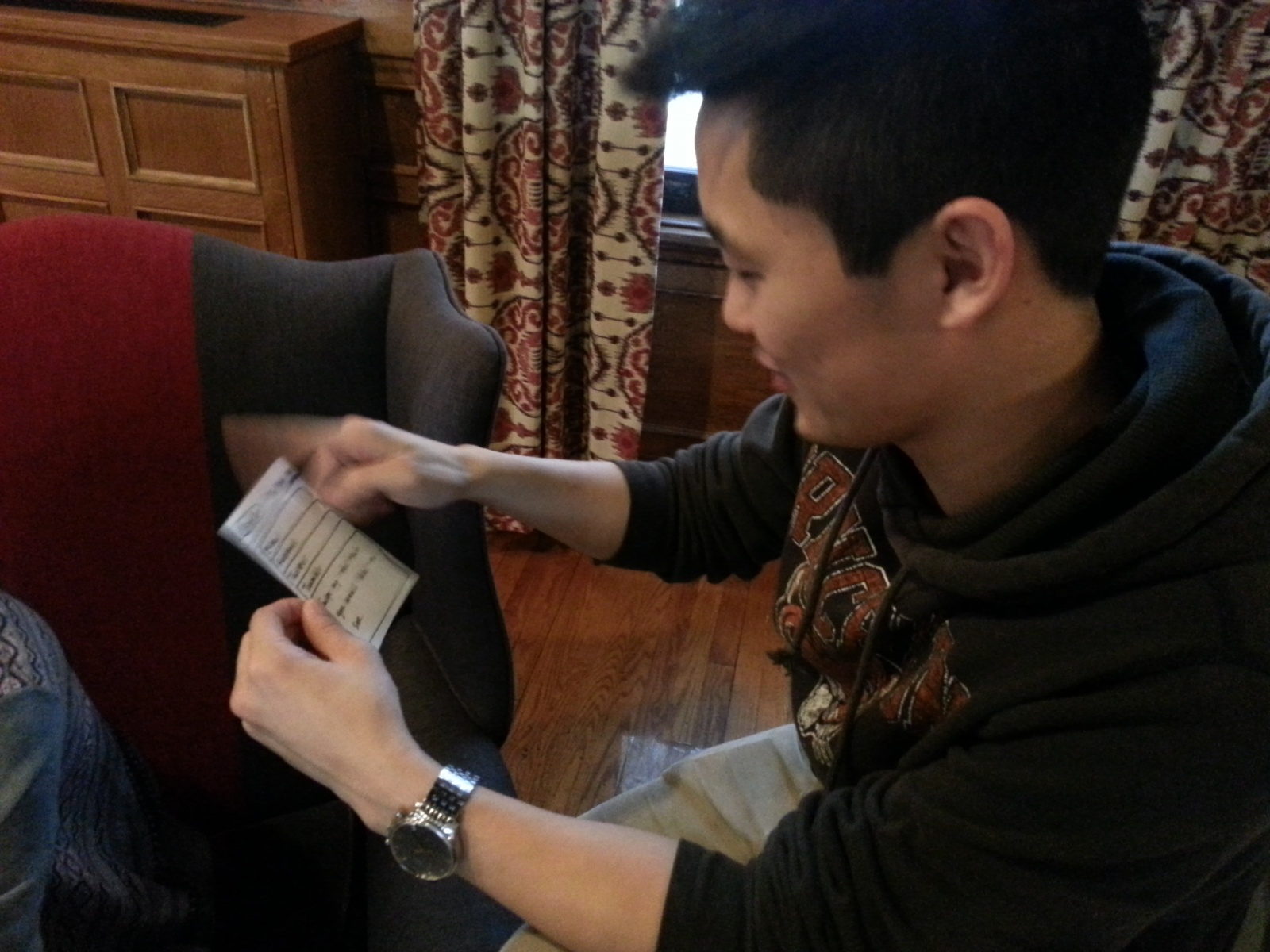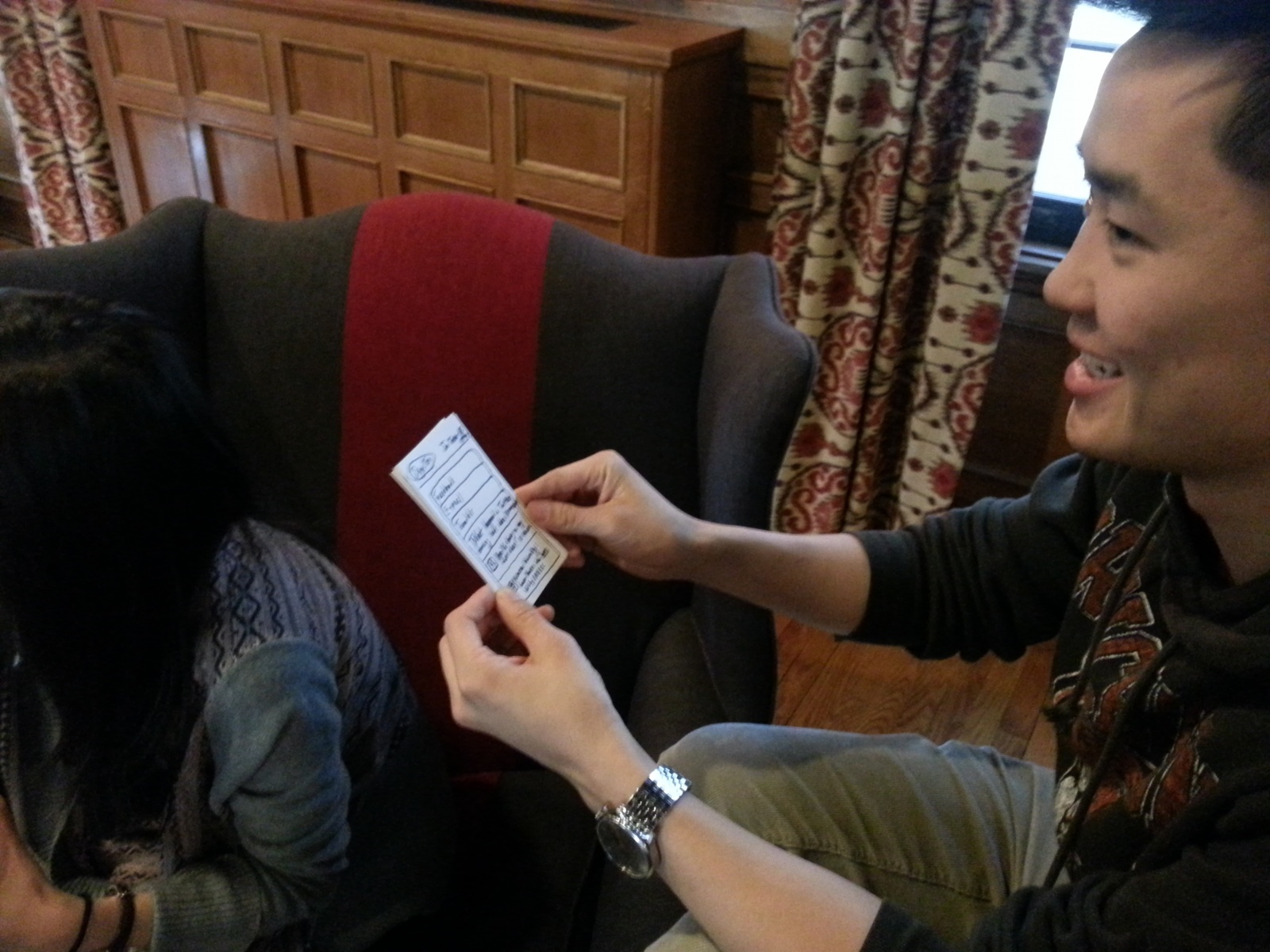A description of how you conducted your observation (who, where, when).
- HCI class
I started by observing students in the HCI class. The most common activity students did during the 10-minute period was to check their emails. Quite a number of people read articles online. Also, a few worked on their assignments for other classes (i.e. coding), which they continued to work on though the actual lecture. - An English Major
I interviewed a friend of mine who is an English major before her precept. She commented that she often feels the 10-minute period before her class is not long enough to do meaningful work. From my observation, I noticed that she rotated between checking her emails, checking her Facebook and reading news articles. - An MAE Major
I also observed another friend of mine who is an MAE major before his class. The first thing he did as he sat down in his seat was to pull out his work for another class. However, this quickly ended when another student sat next to him and started chatting with him. He then pulled out his smartphone, read some comics and played a quick mini game.
Ideas
- Princeton Amazon Mechanical Turk, allowing students to get paid for doing simple tasks during the 10 minute period.
- App that gives you a funny Internet video for you to watch during the 10 minute period.
- App that gives you informative, but random facts to read during the 10-minute period.
- 10 minute work out routine.
- SnapChat for 10 minutes. Students can send outrageous pictures to friends which are only visible during the 10 minute period.
- Betting game on the first (second or third) word the professor or preceptor will say.
- 10 minute digest of news that happened during the previous class.
- 10-minute summary of the upcoming lecture.
- App that tells you where your friends are sitting, or tells your friends where you are sitting.
- Mental warm-up app. Shows you a simple puzzle or an article that’s relevant to your class.
- Class crush. Send a note to your crush in your class during the 10 minute period, and they will receive the message after class.
- Class bingo. Submit bingo words during the 10-minute period. Played throughout class, and winner is announced at the end of the lecture.
- App that provides a digest of notable things that happened in the users’ social networks during the previous class.
- A campus GPS app that finds the optimal path given the places you need to go.
Why I chose the two ideas.
- App that provides a digest of notable things that happened in the users’ social networks during the previous class.
The most common activity students did during the 10-minute waiting period was to check their social networking websites or emails; however, 10 minutes is not often long enough to check everything that has happened during the previous class. This app will help students efficiently check whatever social networking service they choose during the 10-minute period. - Betting game on the first (second or third) word the professor or preceptor will say.
It is always an inconvenience when some students come to class late, because there is not a strong enforcing mechanism or an incentive. However, if we make a game that makes it advantageous to come early to class, as the betting game I thought of, I predict that the number of students who come late to class will decrease significantly. - An app that allows the user to share notes during the 10-minute period.
Prototypes
10-minute digest
Fastest Route
User Testing (10-minute Digest)
Insights from Testing.
All the users did not have too much difficulty using the application: it is really a simple aggregation application. However, I noticed that some users try to swipe the tabs to the side instead of the intended vertical direction. People really liked the fact that the application filters notifications by time frame. However, there were recommendations about allowing the user to directly interact with other social networks. Also, users wanted a “see-all” feature, which allows the user to see the notifications from all social networks in one place.


